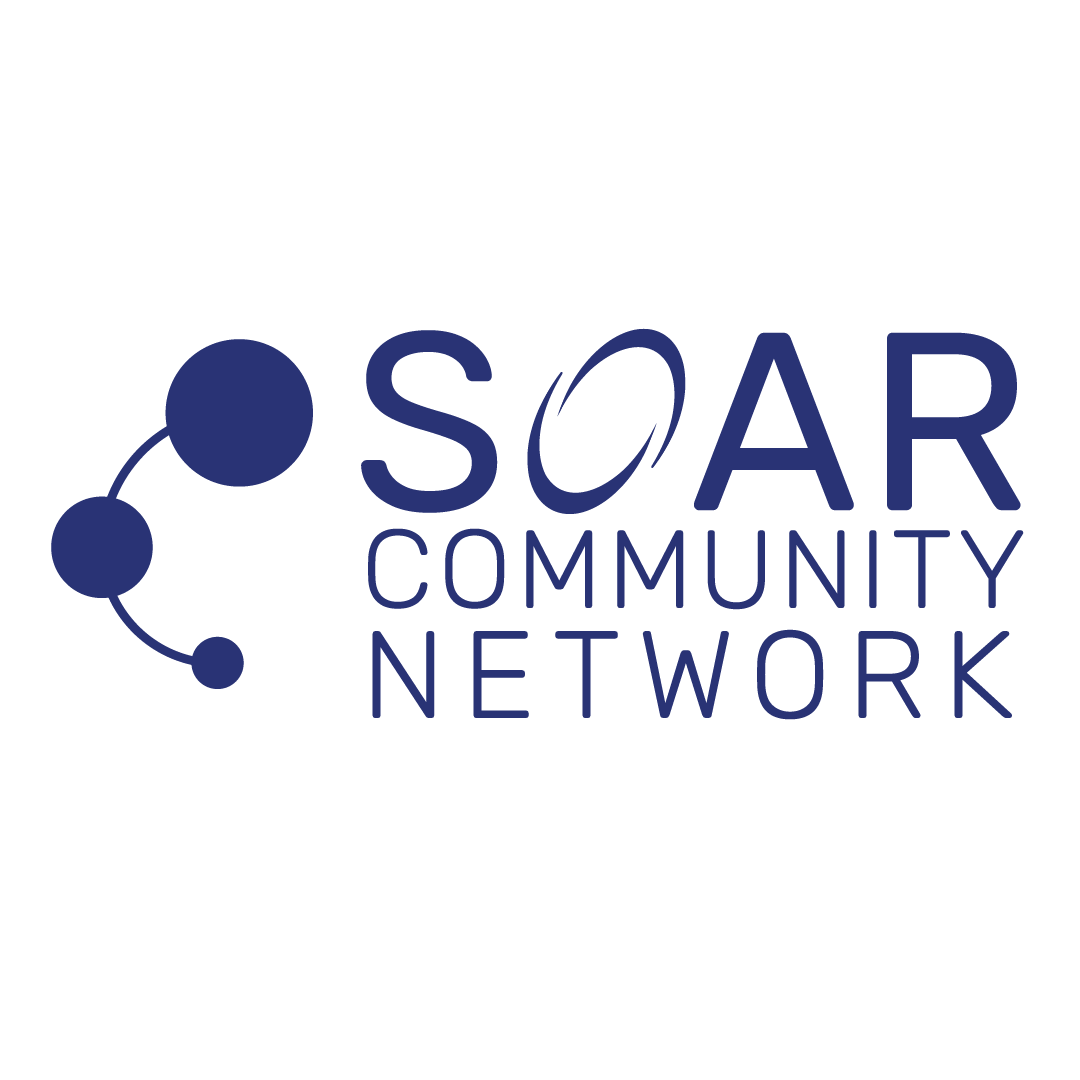Challenge:
Compliance is often viewed as a burden by many Community Development Financial Institutions (CDFIs), but when approached strategically, it can be a powerful ally in achieving your mission. Let’s explore the challenges, the solutions, and the actions you can take to make compliance work for you. Many CDFIs face significant obstacles when it comes to compliance:
- Perception of Compliance as a Burden: Compliance is frequently seen as a regulatory obligation that adds extra work and complexity, rather than as an integral part of achieving the organization’s mission.
- Manual and Time-Consuming Processes: Managing compliance manually can be labor-intensive and prone to errors. This not only consumes valuable resources but also increases the risk of non-compliance.
- Keeping Up with Regulatory Changes: Regulations are constantly evolving, and keeping the team updated on the latest requirements can be challenging. Without continuous training, the organization risks falling behind in compliance standards.
Solution:
Addressing these challenges involves establishing core values, leveraging technology, and investing in continuous training. Here’s how:
- Establish Core Values: Define and embed core values that align with compliance requirements. When core values reflect the importance of compliance, it becomes a part of the organizational culture. This helps create an environment where compliance is seen as integral to your mission, rather than just a regulatory burden. For instance, values like integrity, accountability, and transparency can reinforce the importance of adhering to compliance standards.
- Leverage Technology: Utilize compliance management tools to streamline processes and reduce manual workload. Technology can simplify tracking, reporting, and auditing, ensuring you stay ahead of regulatory requirements. By automating routine tasks, your team can focus on more strategic activities, thereby enhancing overall efficiency and accuracy.
- Continuous Training: Invest in ongoing training for your team to keep them updated on compliance best practices and changes in regulations. Regular training sessions and workshops ensure that everyone in the organization understands the latest compliance requirements and how to meet them. A well-informed team is crucial for maintaining high compliance standards and proactively addressing potential issues.
The Action:
Implementing these solutions involves specific actions that can be integrated into your organization’s practices:
- Develop and Communicate Core Values: Facilitate workshops to define and embed core values that emphasize the importance of compliance. Ensure these values are communicated throughout the organization and reflected in all policies and procedures. Regularly revisit and reinforce these values to keep them top of mind for all team members.
- Adopt Compliance Management Tools: Evaluate and implement technology solutions that can automate and streamline your compliance processes. Provide training for your team on how to use these tools effectively. Regularly review and update your technology stack to ensure it meets the evolving needs of your organization and regulatory environment.
- Establish a Continuous Training Program: Develop a training program that includes regular sessions on compliance best practices and regulatory updates. Use a mix of in-person workshops, online courses, and webinars to cater to different learning preferences. Encourage a culture of continuous learning by providing resources and incentives for team members to stay informed about compliance issues.
Conclusion:
Transforming compliance from a challenge into a strategic advantage is crucial for CDFIs. By establishing core values that align with compliance, leveraging technology to streamline processes, and investing in continuous training, you can enhance your organization’s efficiency and effectiveness.
Our C3 Framework, designed to foster compassionate, cohesive, and collaborative cultures, provides the foundation for these solutions, ensuring long-term success and impact.

